Our
Blog
Insights, updates, and stories about renewable energy and sustainability.
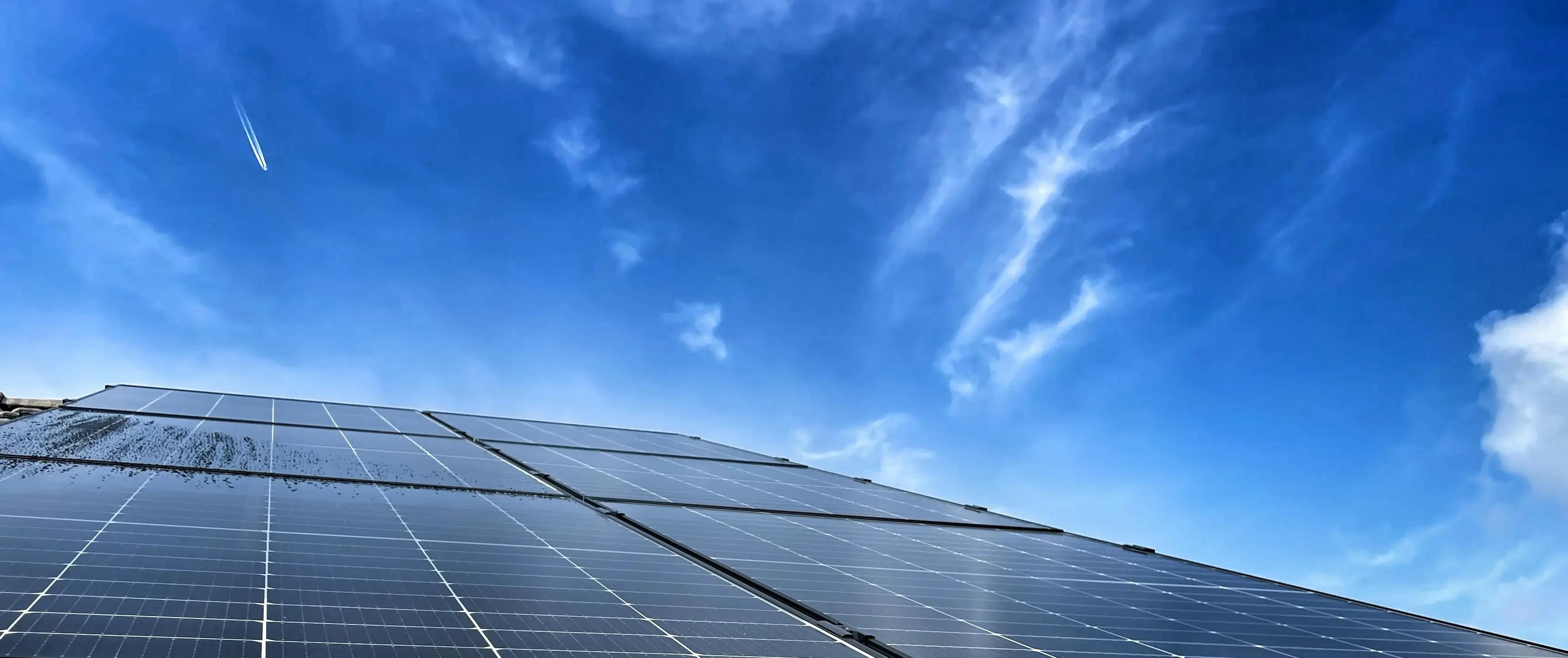
The Hidden Costs of Waiting to Go Solar
A lot of homeowners tell themselves they will switch to solar eventually. They want to save money, they want a more stable energy bill and they like the idea of producing their own power. But they still wait. The problem is that waiting has its own price tag. Most people never think about these hidden costs until they add everything up and realize the delay cost them thousands. Here is what is actually happening behind the scenes when you postpone going solar.

Last Call for The Canada Greener Homes Loan: Why You Should Act Now
The Canada Greener Homes Loan has helped thousands of Canadians make the switch to solar with up to $40,000 in interest-free financing. But the clock is running out and funds are expected to run dry by mid-November. Waiting could cost you big: higher utility bills, missed savings, and no guarantee this program will return. Right now, you still have the chance to lock in 0% financing, cut your power costs, and future-proof your home against rising electricity rates. Sun Kissed Energy can help you move fast. From a free consultation to guiding you through the loan process, our team makes it simple to secure funding before it’s gone.
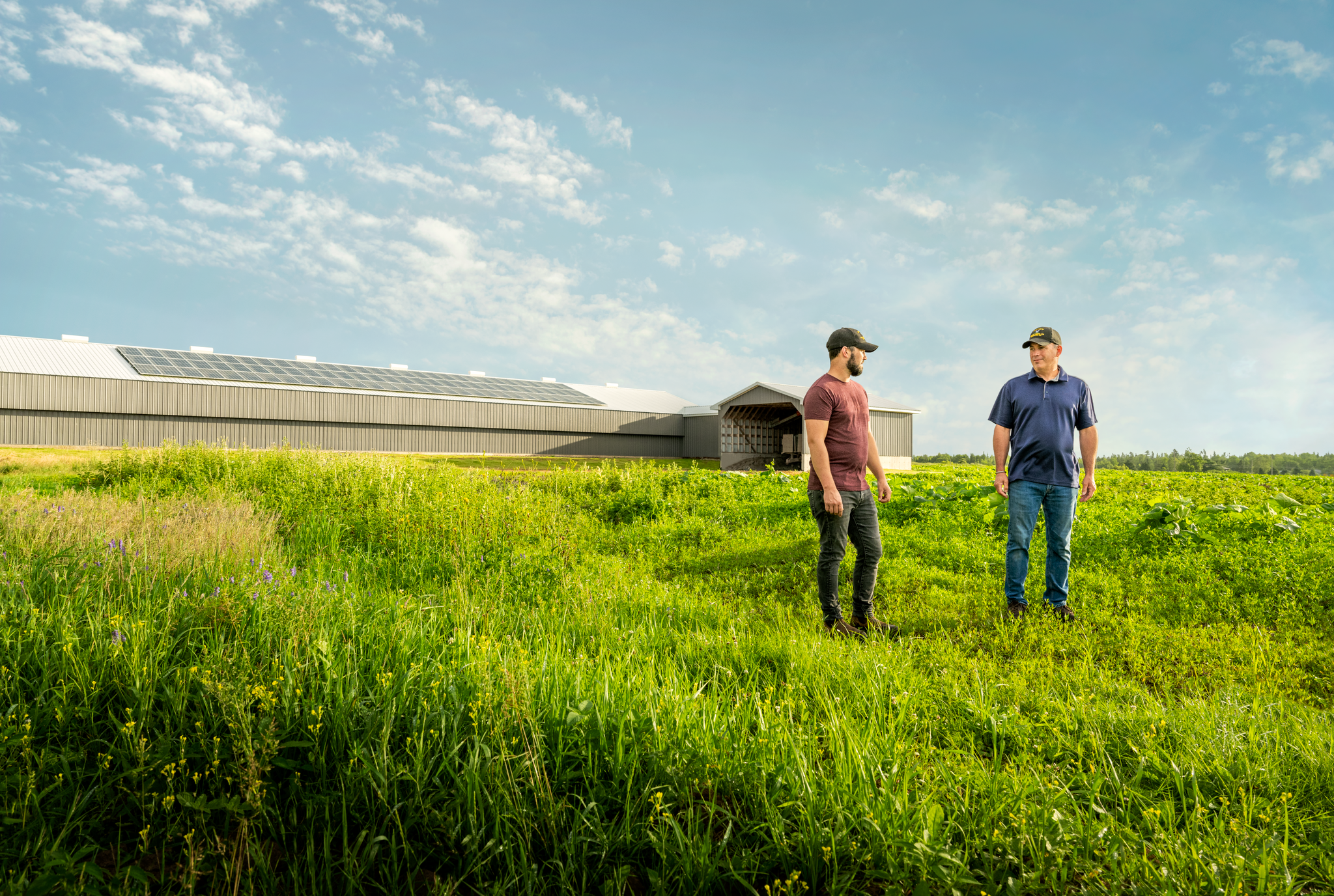
A Farmer's Guide to Switching to Solar Energy
Rising energy costs and increasing sustainability expectations are reshaping Canadian agriculture. Solar energy offers farms a practical solution to lower electricity bills, stabilize energy costs, and enhance resilience. From customized solar designs to optional battery backup systems, Sun Kissed Energy guides farmers every step of the way, helping operations stay powered, sustainable, and future-ready.
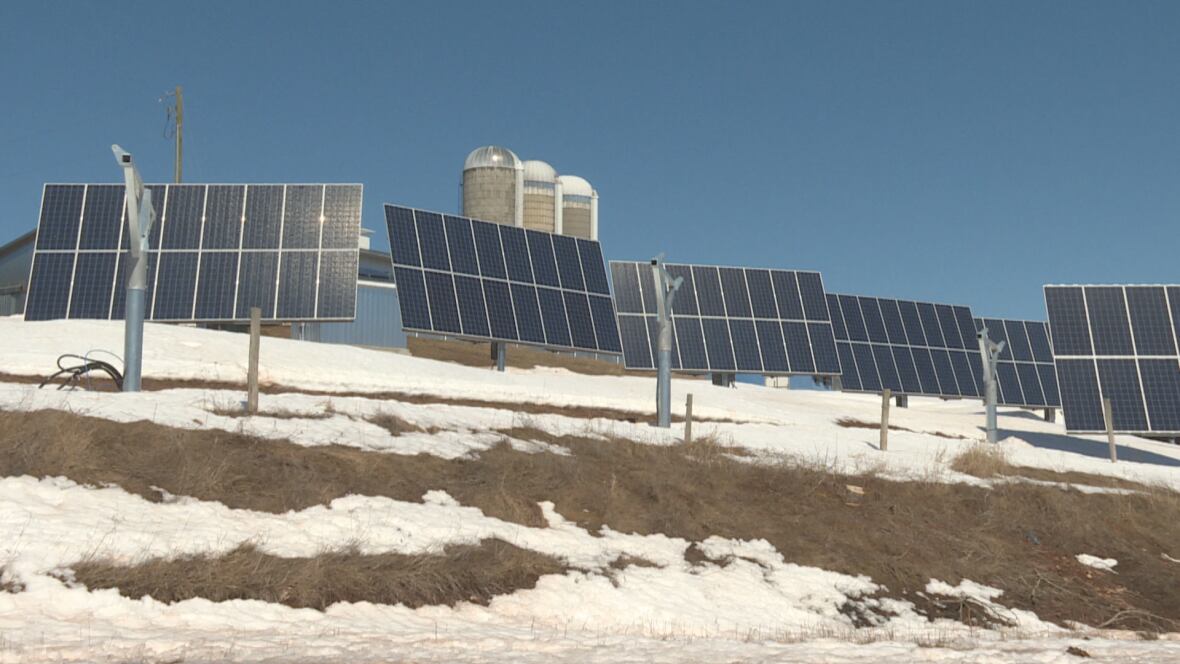
Are Solar Panels Worth It in New Brunswick? (2025 Guide)
If you're a homeowner in New Brunswick thinking about solar panels, you're probably wondering the same thing many others are asking: Are solar panels actually worth it here? The short answer: Yes! in most cases, solar panels in New Brunswick are absolutely worth it. Thanks to rising electricity rates, strong net metering policies, and government incentives, more New Brunswickers are switching to solar every year. Let’s break down the key reasons why.

Powering the Past: Solar Energy and the Ship Hector Restoration
The Ship Hector, a symbol of Nova Scotia’s Scottish immigrant heritage, was recently restored to its former glory in Pictou. This historic project was supported by a solar energy installation from Sun Kissed Energy, helping to power the restoration efforts and contribute to the site’s sustainable future. Discover how renewable energy is playing a vital role in preserving one of the province’s most important cultural landmarks.

Greener Homes Loan: Empowering Sustainable Upgrades
Discover how the Canada Greener Homes Loan makes energy-efficient upgrades more accessible and affordable for homeowners across the country. From interest-free financing to support for solar panels, heat pumps, and insulation, this program helps reduce energy bills, increase home value, and contribute to a greener future. Learn about the key benefits, how to apply, and the long-term impact of investing in a more sustainable home.
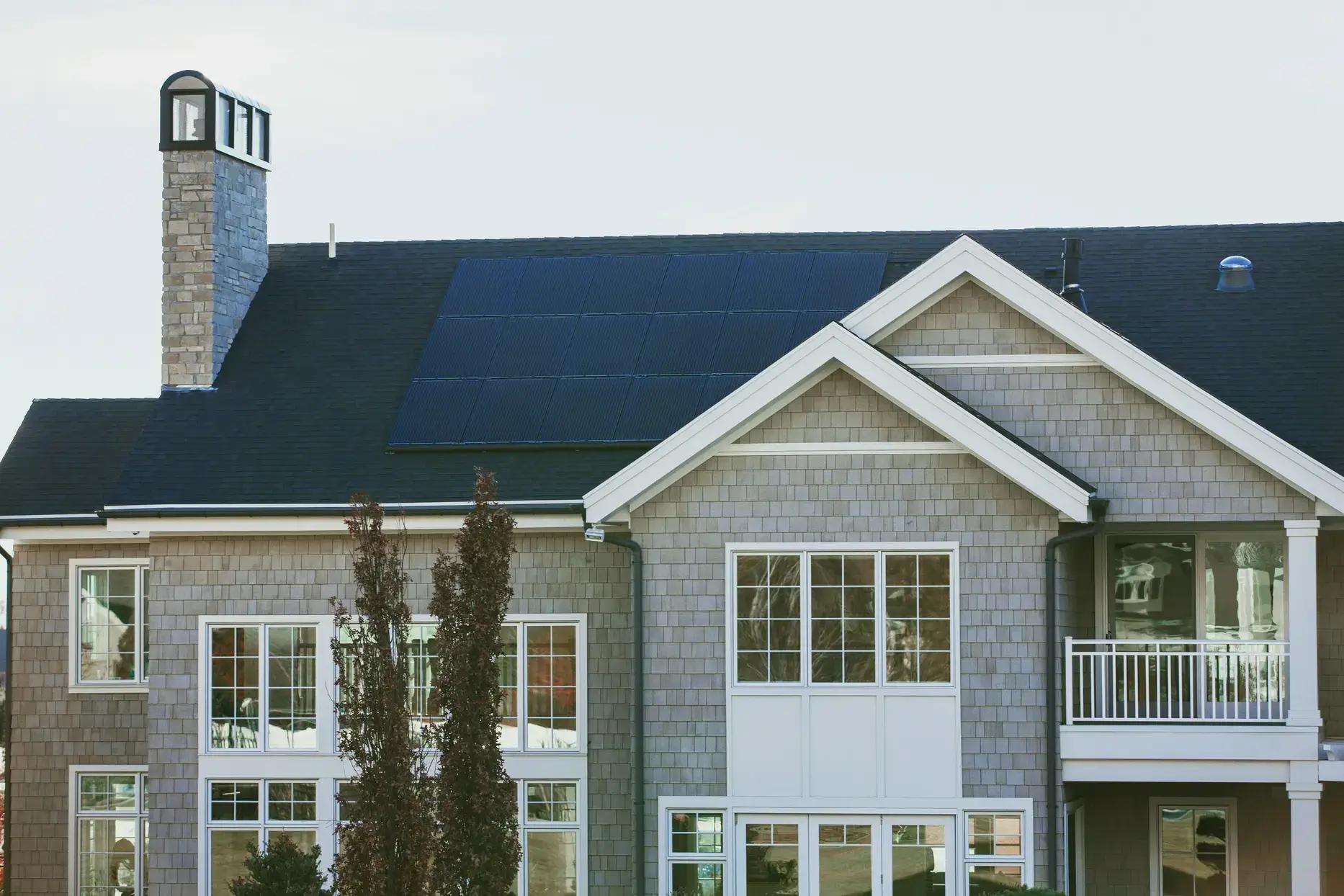
Top 5 Reasons to Invest in Solar Panels in Nova Scotia Today
Discover the top 5 reasons to invest in solar panels in Nova Scotia today, from cost savings to increasing your home's value.

Solar in Atlantic Canada: How Solar is Growing in Atlantic Canada
In this post, we’ll explore how the solar industry is expanding in the Maritimes and what this means for homeowners, businesses, and the region’s sustainable future.

Solar Panels in Foggy Weather
Sun Kissed Energy has expanded its solar solutions to Newfoundland, an exciting development for those looking to embrace renewable energy in the province’s unique climate. While many associate solar power with bright, sunny days, it may seem less viable in a region known for its frequent fog. However, modern solar technology has evolved to perform efficiently even in less-than-ideal weather conditions, making Sun Kissed Energy’s solar panels a great option for Newfoundland.

Solar Panels and the Environment
As the world increasingly embraces renewable energy solutions, solar power has emerged as a frontrunner in the quest for sustainable and environmentally-friendly energy sources. Sun Kissed Energy is at the forefront of this movement, providing solar panel solutions that not only reduce electricity costs but also contribute to a healthier planet. In this blog , we'll explore how solar panels benefit the environment and why Sun Kissed Energy is the perfect partner for a greener future.

Debunking Common Myths About Solar Panels
Solar energy is one of the fastest-growing sources of renewable energy, helping homeowners and businesses alike reduce their carbon footprint while saving on energy costs. However, despite its rising popularity, many myths about solar panels persist. At Sun Kissed Energy, we’re here to shine some light on the truth about solar power and debunk the most common myths that might be stopping you from embracing this clean energy solution.

Sun Kissed Energy Expands to Saint John, New Brunswick!
We are thrilled to announce that Sun Kissed Energy is now available in Saint John, New Brunswick, bringing clean, renewable energy solutions to more homes and businesses across the province. Known for its rich history and natural beauty, New Brunswick has long been a place of innovation and resilience. With our expansion, we aim to honor this tradition by offering sustainable energy solutions that will power the future while preserving the province’s legacy.
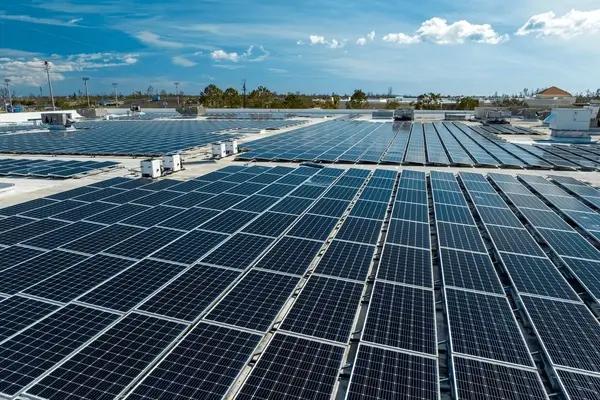
How Sun Kissed Energy Can Transform Your Canadian Business
As businesses across Canada seek innovative ways to reduce operating costs and embrace sustainability, one solution stands out for its practicality and impact: solar power. Solar panels, once seen as a luxury or niche technology, have become an essential part of the modern business landscape. At the forefront of this transformation is Sun Kissed Energy, a company dedicated to helping Canadian businesses harness the power of the sun. In this blog, we’ll explore the numerous benefits of solar panels for businesses and why partnering with Sun Kissed Energy can be a game-changer for your company.

Net Metering and Solar Panels
As the drive towards renewable energy intensifies, the spotlight on solar power is growing brighter. Both Nova Scotia and Newfoundland are making significant strides in adopting solar technology, with net metering playing a crucial role in this transition. Central to this movement is Sun Kissed Energy, a company dedicated to helping residents and businesses in these provinces maximize their solar energy potential and take full advantage of net metering.
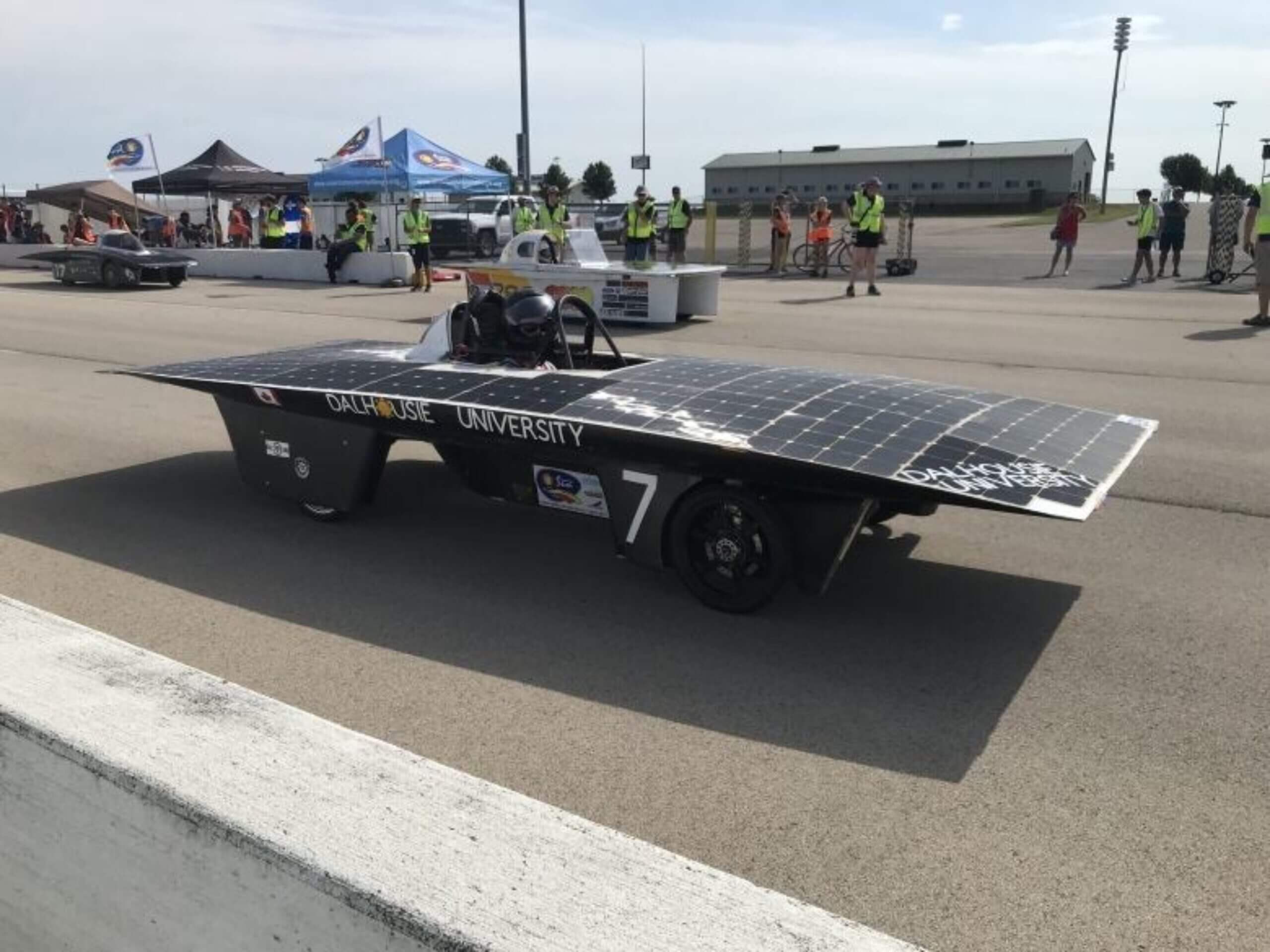
Dalhousie University Solar Car Team: Powered by Sunkissed Energy
Students from Dalhousie University recently took part in the Formula Sun Grand Prix in Kentucky, where they showcased Atlantic Canada’s first fully solar-powered electric vehicle. Competing against 33 other teams from across North America, the Dalhousie Solar Car Team put their months of hard work to the test on the international stage.

Sun Kissed Energy Brings Solar to Corner Brook, Newfoundland
The energy landscape in Corner Brook, Newfoundland, and its surrounding areas are about to get a bright new addition. Sun Kissed Energy, a leading provider of solar panels and solar battery backups is expanding its operations to this beautiful city on Newfoundland’s west coast. This marks a significant step toward sustainable energy solutions in the region, aligning with the global push toward renewable energy and reducing carbon footprints.
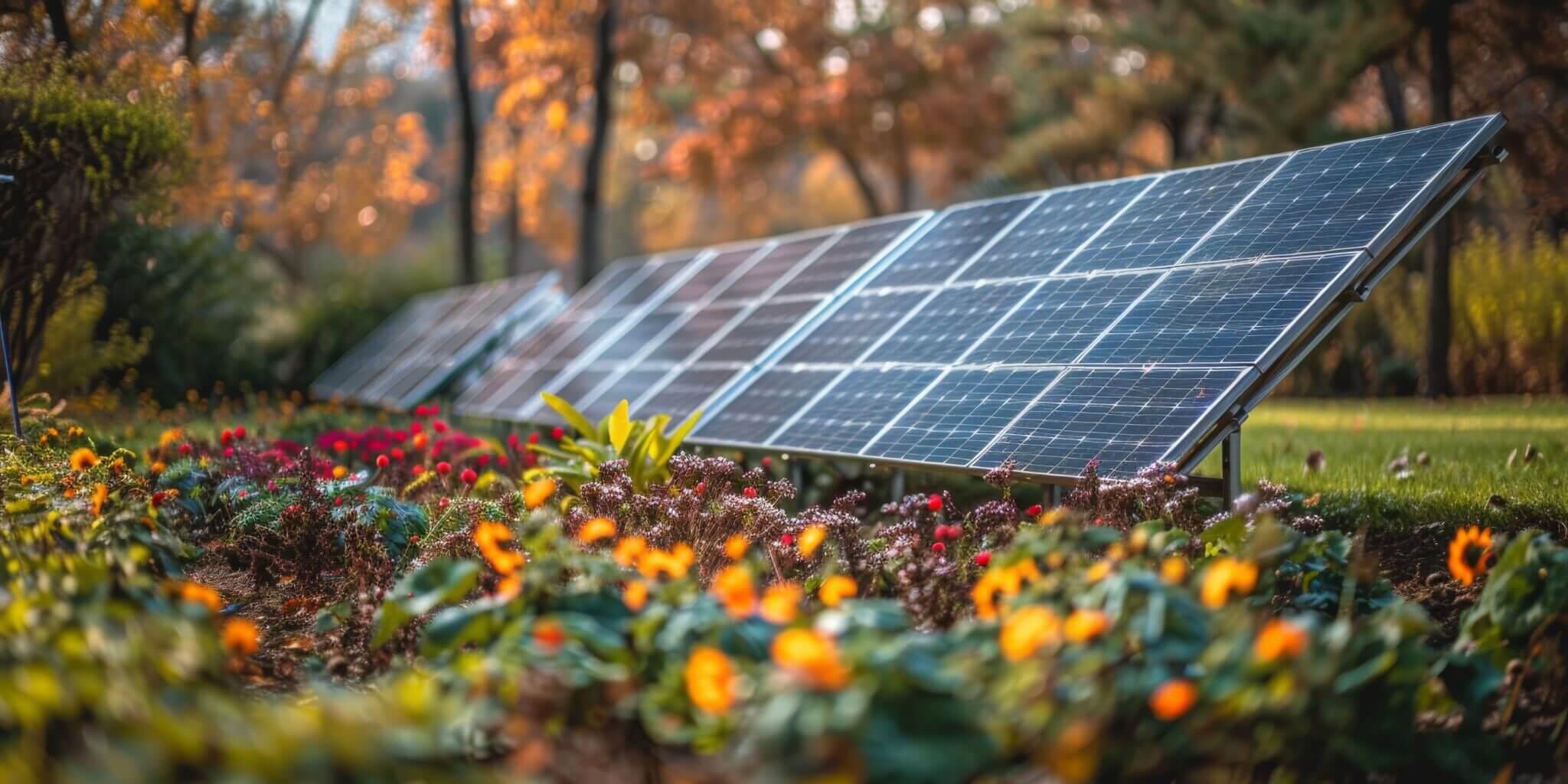
The Impact of Fall on Solar Panels in Canada
As the vibrant colors of fall take over the Canadian landscape, it’s easy to overlook the impact seasonal changes have on solar energy production. Solar panels are a year-round investment, and while many assume that the colder months or shorter days could drastically affect efficiency, the truth is more nuanced. For those relying on solar energy, like customers of Sun Kissed Energy, understanding how fall affects solar panels is crucial to maintaining consistent power generation.
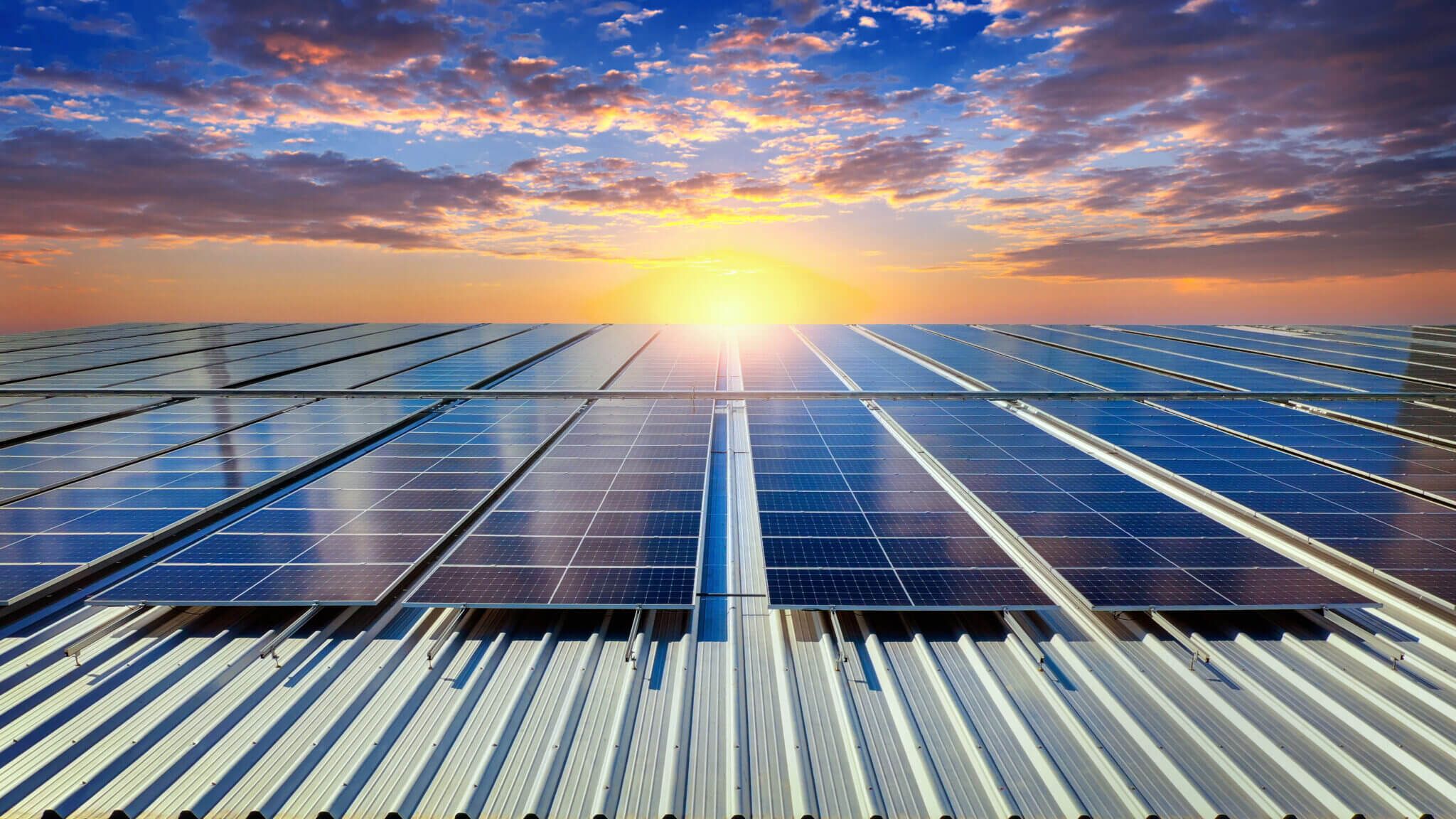
Harnessing the Sun's Power in Extreme Conditions
As climate change intensifies, heatwaves are becoming more frequent and severe across the globe. While solar panels are designed to harness the sun’s energy, understanding their performance in high temperatures is essential. This blog post explores how heatwaves impact solar panels, the science behind their performance in high temperatures, and ways to optimize their efficiency.

Hector Ship and Sun Kissed Energy: Bridging History and Innovation
The Hector, a three-masted cargo ship, holds a special place in the heart of maritime history. This blog aims to share its historic journey, the ongoing restoration efforts, and both how and why we at Sun Kissed Energy are contributing to this Nova Scotian legacy by supporting its sustainability.

Solar Panels & Power in Film
How Solar Power is Making Movies Greener
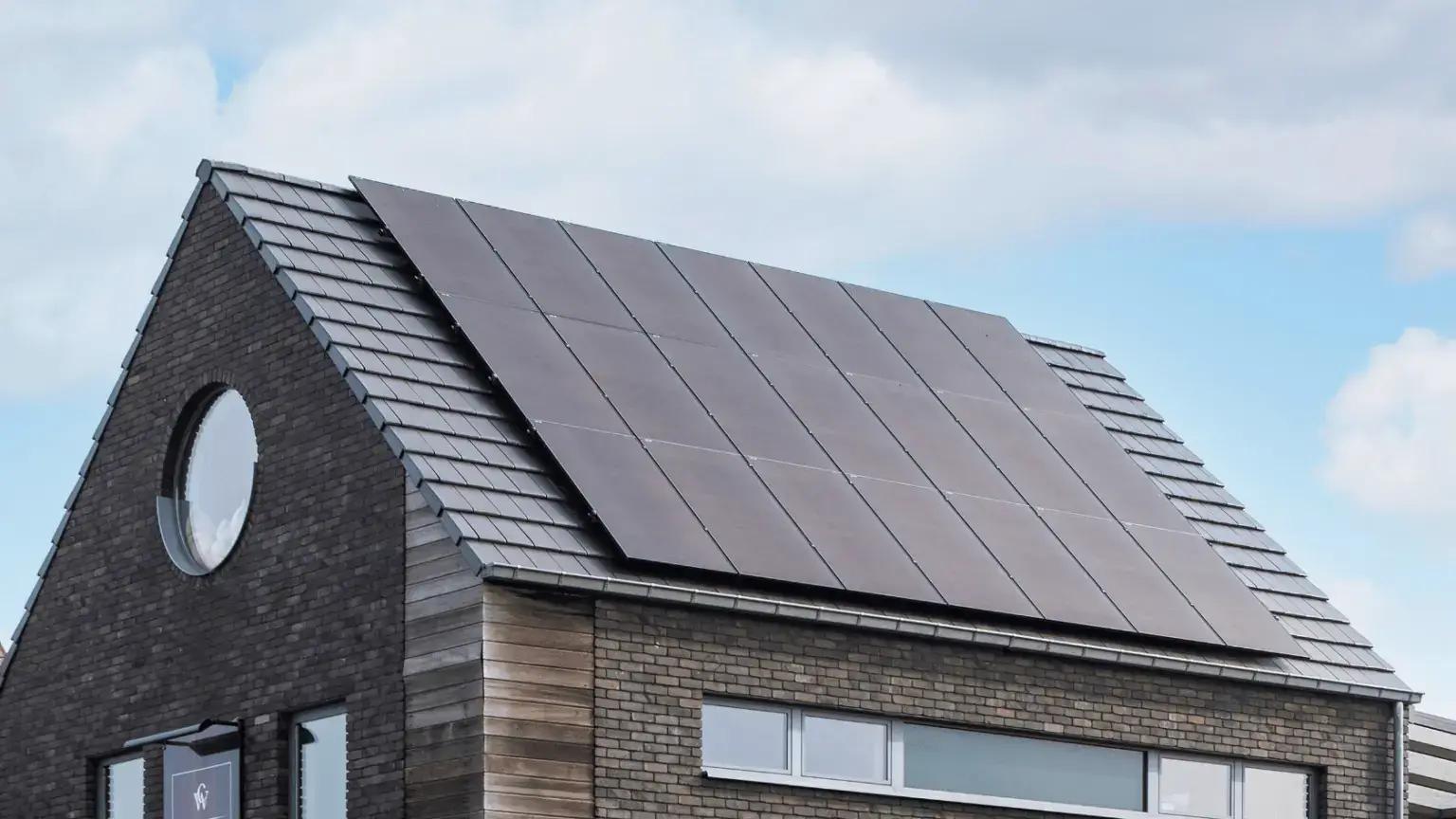
How Solar Panels Work: A Beginner’s Guide
Have you ever wondered how solar panels turn sunlight into electricity? It’s actually pretty cool! Solar panels are made up of many individual solar cells. These cells are made from materials like silicon. When sunlight hits the solar cells, it causes electrons to get knocked loose. As these electrons move around, they generate an electrical current. This current flows out of the solar panel as electricity! The panels then convert this into a type of current we can use. To get more electricity, you just need more solar cells collecting sunlight. Pretty neat, right? Essentially, solar panels act like sunlight sponges. They soak up the sun’s energy and wring out electrons to create usable power! It’s a clean, renewable way to make electricity for our homes and businesses.
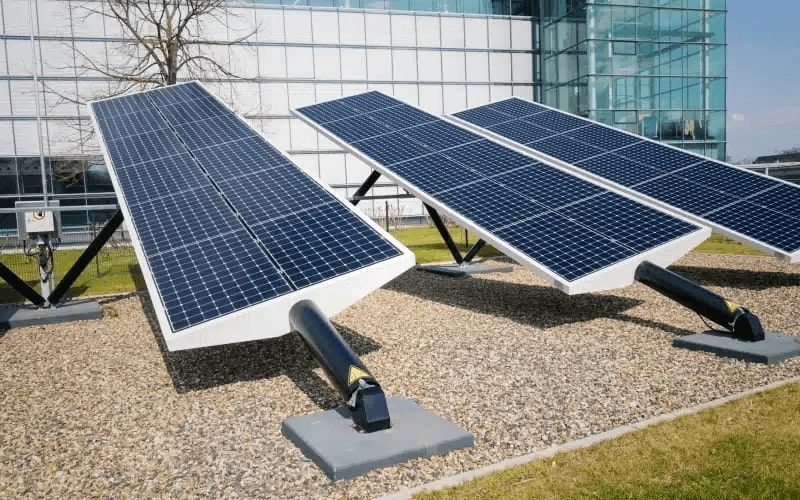
Incorporating Solar in Urban Planning and Architecture
Big cities buzz with energy and life. Yet the sun’s rays get ignored. Skyscrapers, streets, plazas – bathed in sunlight. An endless supply of free power! But most cities miss this opportunity. The sun’s potential stays untapped. What if we changed that approach? What if we used the sun? By adding solar to city designs, we create sustainable, efficient communities. Solar-powered cities thrive in harmony with nature. Vibrant places that are green. The sun’s energy is abundant and renewable. Let’s take advantage of it! Cities can energize themselves with solar. Clean power from an endless source.
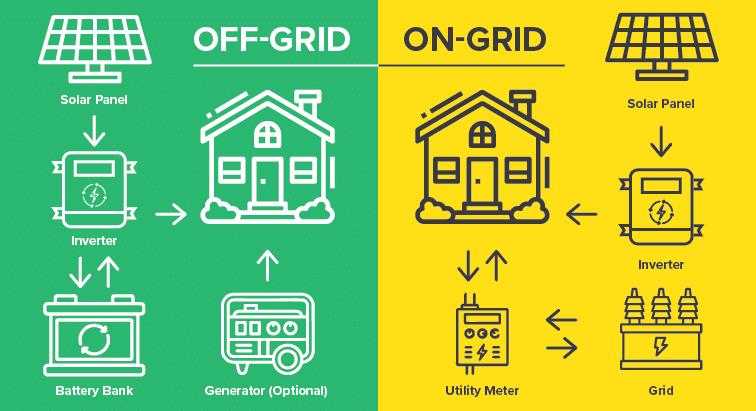
Off-Grid vs. Grid-Tied Solar Systems: Pros and Cons
Thinking about getting solar panels? That's an awesome idea! Harnessing the sun's power is a fantastic way to go green, save money, and reduce your carbon footprint. But there's an important decision you'll need to make - do you want an off-grid or grid-tied solar system?
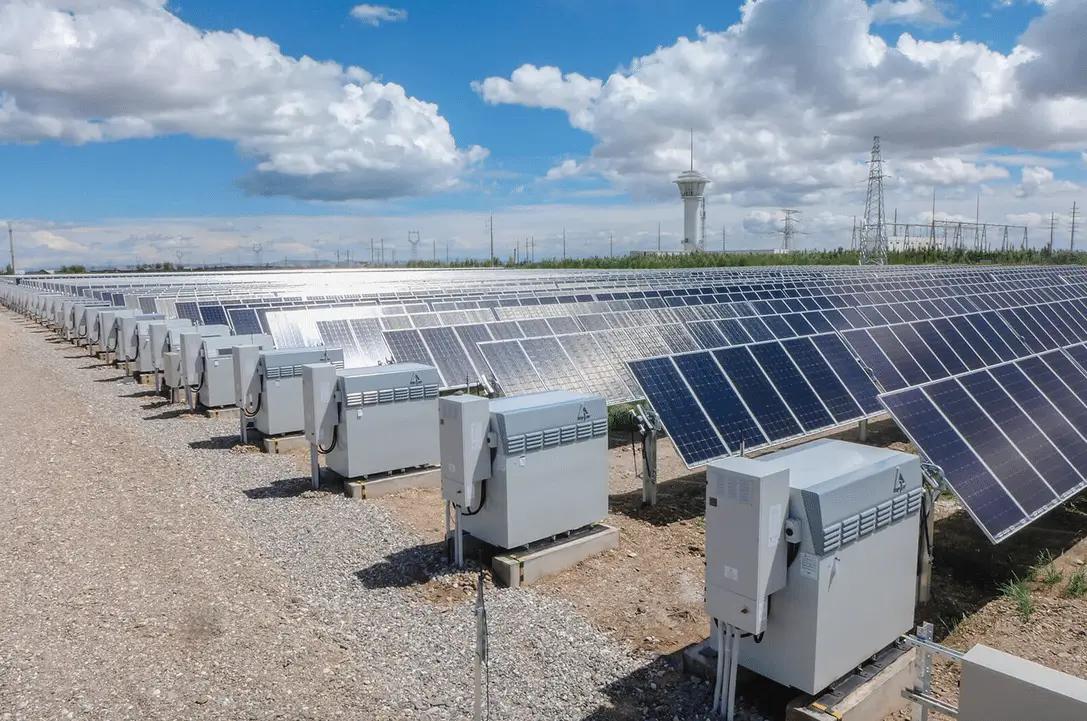
The Future of Solar Energy Storage
As people care more about the environment, the need for solar renewable energy grows. But solar energy has a big challenge – storing it when the sun isn’t out. That’s where solar energy storage comes in. In this article, we’ll look at the exciting future of storing solar energy. We’ll see how it can change how we use clean energy.

Solar Cookers: A Simple Way to Go Green
Have you ever thought about using the sun’s energy to cook your food? It might sound surprising, but solar cookers are an amazing way to harness the power of the sun for cooking. Not only are they eco-friendly, but they’re also a lot of fun to use! In this article, we’ll explore the world of solar cookers and discover how they can help us go green while enjoying delicious, sun-cooked meals.

Maximize the Benefits of Your EV Charger: Install and Maintenance Tips
In today's world, owning an electric or hybrid vehicle is becoming increasingly popular. Not only are these cars better for the environment, but they can also save you a ton of money on fuel costs. However, to truly maximize the benefits of your electric ride, you'll need to have a reliable car charger installation at your home. In this article, we'll dive into everything you need to know about installing and maintaining your car charger, so you can keep your wheels charged and ready to hit the road.

The Importance of Solar Panel Alignment
As solar energy continues to grow as a sustainable alternative to traditional power sources, the efficiency of solar panel systems becomes a key factor in maximizing energy production. One of the most critical aspects of any solar setup is panel alignment — a process that ensures panels capture the maximum amount of sunlight throughout the day. In this post, we’ll dive into the significance of solar panel alignment and introduce Sun Kissed Energy, a company that excels at optimizing solar installations for top-tier performance.